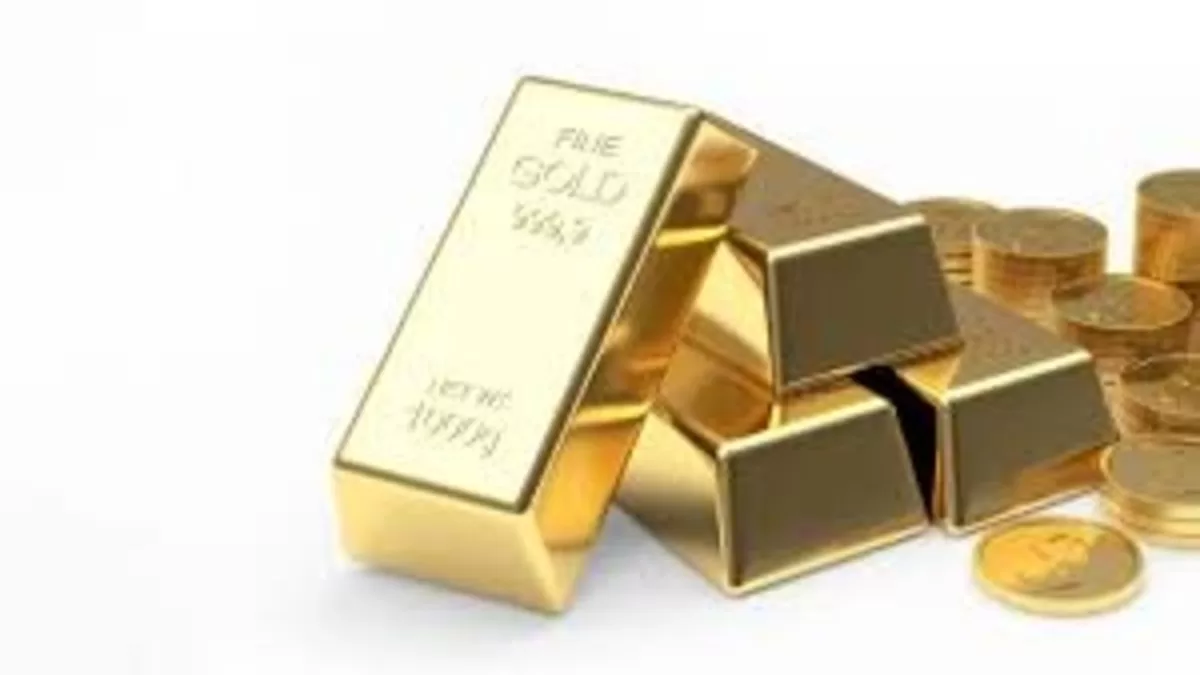Golden rush of 2024
As gold prices soar to unprecedented heights, the inevitable question arises: What’s driving this remarkable surge?
In the annals of financial history, 2024 stands out as a year of extraordinary gains, with the price of gold scaling a remarkable 17%.
Max Zahn reports on April 12, 2024, at 11:11 PM, revealing a curious trend: the sudden surge in sales of gold bars at none other than Costco.
According to a Wells Fargo report, these 1-ounce gold bars are now generating an astonishing $200 million in monthly revenue. But it’s not just Costco shoppers indulging in this newfound gold rush.
Investors, buoyed by the allure of high returns, have been instrumental in propelling gold prices to dizzying heights. This year alone, bullion prices have outpaced the S&P 500 index by more than twofold, leaving traditional investment portfolios in the dust.
The underlying catalyst for this surge lies in the anticipation of looming interest rate cuts, as experts speculate. This, coupled with what some term a “momentum trade,” has fueled a frenzy of activity as investors clamor to seize a slice of the golden pie.
Campbell Harvey, a seasoned professor at Duke’s Fuqua School of Business, draws parallels between the volatility of gold and that of the S&P 500. “Gold is part of that,” he asserts, pointing to a broader trend of risk-taking in the market.
Costco’s contribution to this gold rush cannot be overstated, with estimated monthly sales ranging from $100 million to $200 million, as per Wells Fargo’s equity research note. While the exact price remains undisclosed to non-members, it typically hovers around 2% above the spot price, currently standing at $2,430 per ounce.
But it’s not just retail giants like Costco cashing in on the gold bonanza. Central banks, too, are diversifying their portfolios, hedging against inflation risks and diminishing reliance on the U.S. dollar.
Hedge funds and institutional investors are not far behind, eagerly joining the fray to capitalize on gold’s meteoric rise. Their collective pressure only serves to further drive up prices, Harvey observes.
Interestingly, while gold ETFs provide a convenient avenue for investment, they have experienced a net outflow of funds over the past 10 months, suggesting that retail investors are not the primary driving force behind the price surge.
The allure of gold extends beyond mere financial gain; it serves as a hedge against geopolitical uncertainty, a timeless safe haven in tumultuous times.
The World Gold Council predicts that global disruptions could further fuel price hikes in 2024, emphasizing the role of geopolitics in shaping market dynamics.
However, skepticism persists regarding the direct impact of geopolitical events on gold prices, with some experts questioning the correlation between price surges and specific global events.
For investors looking to capitalize on the gold rush, a myriad of options abound, from purchasing physical gold to investing in gold ETFs or shares of gold mining companies.
Yet, amidst the euphoria, cautionary voices warn against the perils of investing at all-time highs. Modest returns may follow, as history often dictates, with UBS projecting a modest uptick to $2,500 by year-end.
“Investing at an all-time high is very risky,” Harvey admonishes, echoing a sentiment that resonates in the halls of seasoned investors worldwide.
As the saga of gold’s ascent unfolds, one thing remains certain: in the ever-fluctuating landscape of financial markets, the allure of gold endures as a beacon of stability and opportunity.
#GoldRush #Investing #FinancialMarkets #EconomicTrends #WealthManagement
